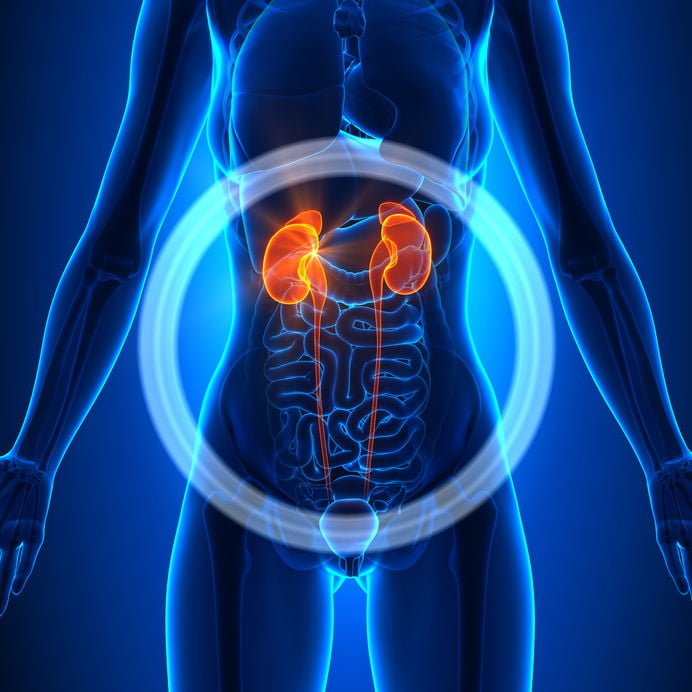Living with a catheter can be an adjustment, but managing your care at home can empower you and maintain your independence. Whether you’re new to catheterization or a seasoned pro, it’s crucial to understand proper techniques to avoid complications and ensure comfort. This blog dives into the essential aspects of home health catheter care, equipping you with the knowledge to handle things smoothly.

Types of Catheters:
Foley Catheter: The most common type, inserted through the urethra into the bladder, draining urine continuously into a collection bag.
Suprapubic Catheter: Inserted directly into the bladder through the abdominal wall, often preferred for long-term use.
Intermittent Catheter: Used periodically to empty the bladder, requiring self-insertion.
Maintaining Hygiene:
- Wash your hands thoroughly with soap and water before and after handling any catheter equipment.
- Cleanse the catheter entry site daily with mild soap and water, patting dry gently.
- Empty the drainage bag regularly, every 2-3 hours or as instructed by your doctor. Clean the bag and tubing with soapy water and replace them as needed.
- Avoid pulling or tugging on the catheter, which can cause irritation and discomfort.
Preventing Infections:
- Drink plenty of fluids to flush out bacteria and maintain urine flow.
- Keep the drainage bag below the level of your bladder to prevent urine backup.
- Do not let the tubing kink or loop, ensuring smooth urine flow.
- Monitor for signs of infection, such as fever, chills, cloudy urine, or pain around the catheter site. Contact your doctor if you experience any of these symptoms.
Additional Tips:
- Invest in comfortable clothing that allows easy access to the catheter site.
- Protect your skin from irritation by applying barrier creams around the entry site.
- Talk to your doctor about any concerns or questions you have about your catheter care.
- Consider seeking home health assistance if you need help with managing your catheter.
Living Life with a Catheter:
Remember, living with a catheter doesn’t have to limit your activities. With proper care and management, you can enjoy an active and fulfilling life. Here are some resources to help you on your journey:
- National Association for Continence (NAFC): https://nafc.org/
- Urological Nursing Society: https://www.suna.org/
- Home Care Association of America: https://www.hcaoa.org/
By following these guidelines and staying informed, you can navigate the waters of home health catheter care with confidence and maintain your well-being. Remember, you’re in control, and with the right knowledge and support, you can live life to the fullest, catheter and all!
Disclaimer: This blog article is for informational purposes only and should not be interpreted as medical advice. Always consult with your doctor for personalized guidance regarding your catheter care.
I hope this blog article provides a comprehensive and informative overview of home health catheter care. Please feel free to leave any questions or comments below, and I’ll be happy to help!
Recent Comments